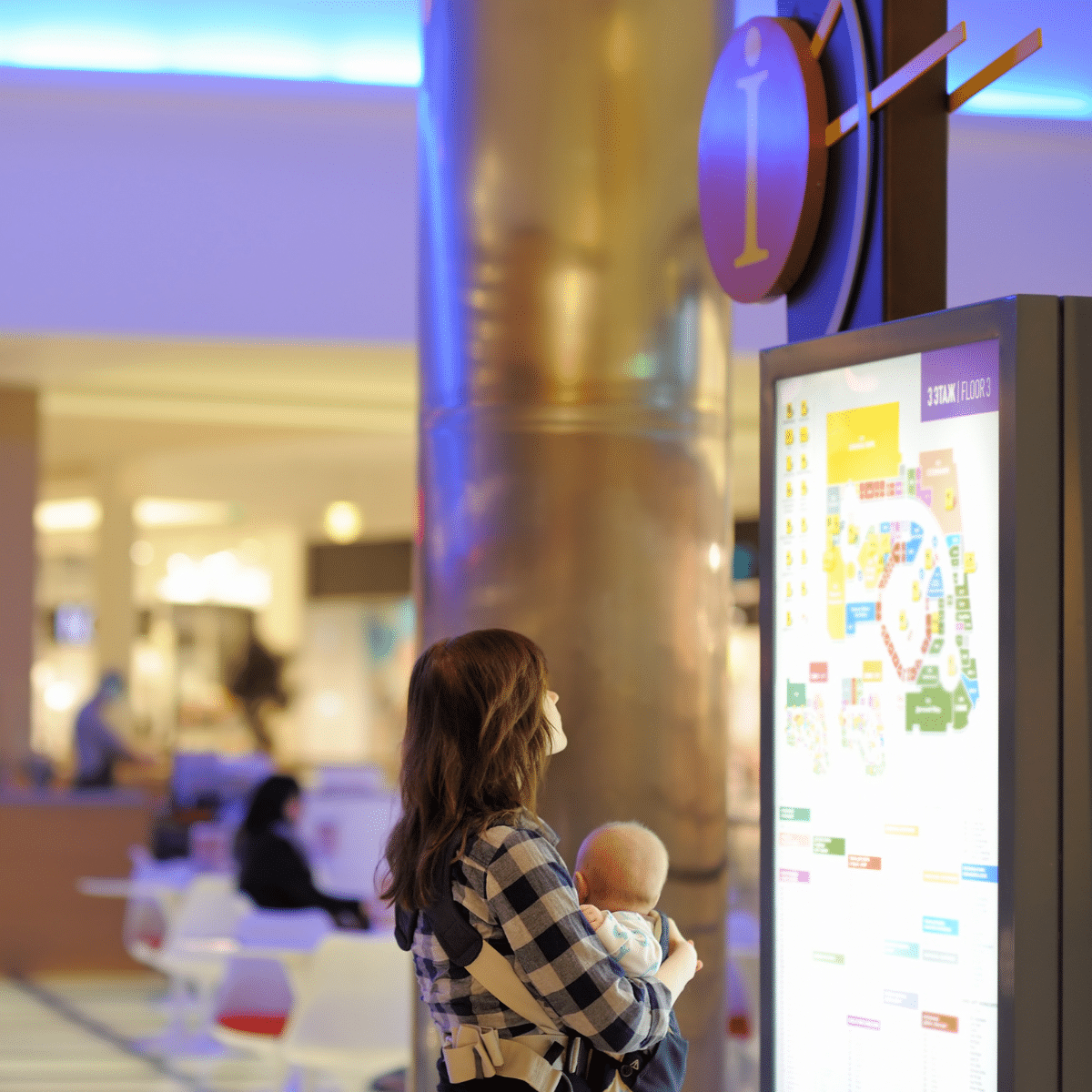The Evolution of Bay Area Transit Branding

San Francisco’s transit hubs, like the Salesforce Transit Center, are rapidly evolving through target branding, transportation, and creating an emphasis on community engagement.
More Than a Stop: Creating Destinations
Transportation isn’t just about getting from point A to point B any longer – it’s about creating destinations (that people actually want to visit while feeling safe). Take a dark, uninspiring station and it can easily transform through some lighting and beautifully designed graphics. This is the difference between waiting for a bus under a flickering light versus stepping into a station that feels like an extension of the city itself. That’s the power of intentional branding and design.
Transit-Oriented Development and Identity
The regions of Oakland and San Jose are experiencing transit-oriented development (TOD) initiatives. This is when high-density housing developments combine with public transit facilities to produce lively neighborhoods that prioritize walking accessibility. Developers are realizing that a station surrounded by compelling signage, clear wayfinding, and interactive digital displays isn’t just functional – it is a necessity. A bold identity at these transit hubs does more than inform; it attracts.
The Future is Digital: Smart Signage and Engagement
But let’s talk about branding beyond static signs. The future of Bay Area transit includes dynamic digital signage that reflects the pulse of the city. Real-time updates, engaging content, and even advertising that feels relevant rather than intrusive—all of these elements are shaping the rider experience. It’s about making every touchpoint matter, from ticket kiosks to the architecture itself.
Micro-mobility and Consistency in Branding
Micromobility, another huge player in the region’s transit future, demands the same level of branding sophistication. The uniformity of visual branding and communication strategies between scooter-share programs in the Mission and e-bike charging stations near Lake Merritt leads to enhanced trustworthiness and functionality. A system will remain unused when people fail to recognize its purpose or understand how to operate it. Simple as that.
Rethinking EV Charging Spaces
With the rise of EV infrastructure, there’s also an opportunity to rethink what a charging station looks like. What if they weren’t tucked away in parking garages but instead designed as vibrant social spaces? A place where commuters charge up, grab a coffee, and actually enjoy their stop. The Bay Area, with its mix of tech innovation and sustainability focus, is in a prime position to lead this shift.
Design That Moves People
Good design influences behavior. A well-branded transit system builds confidence, improves usability, and ultimately increases ridership. And in the Bay Area, where movement defines so much of daily life, the way we present these spaces matters more than ever.